Roman Mythology
-
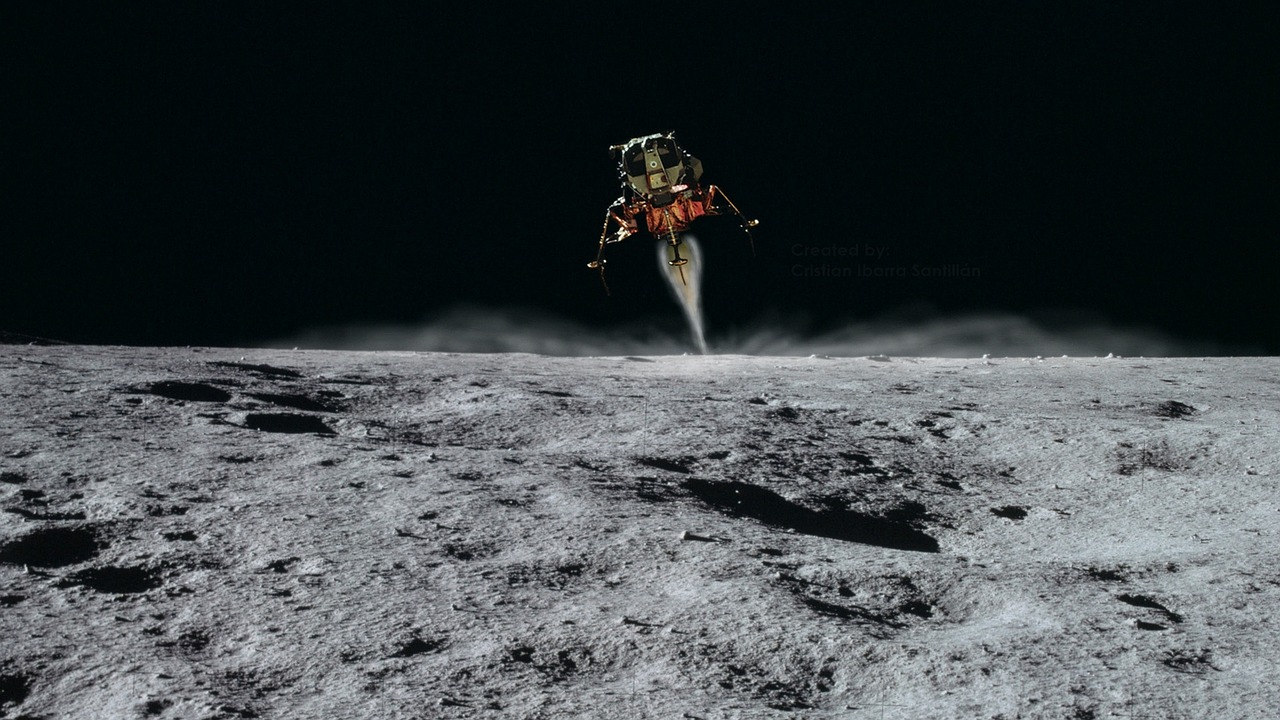
The Roman God Apollo: A Multifaceted Symbol of Culture and Order Apollo, emerging from the Greek pantheon, assumed a significant role as a celebrated Roman god, renowned for his associations with music, poetry, and creative inspiration. A pivotal figure in the realms of law and healing, Apollo was instrumental in establishing societal order and was…
-
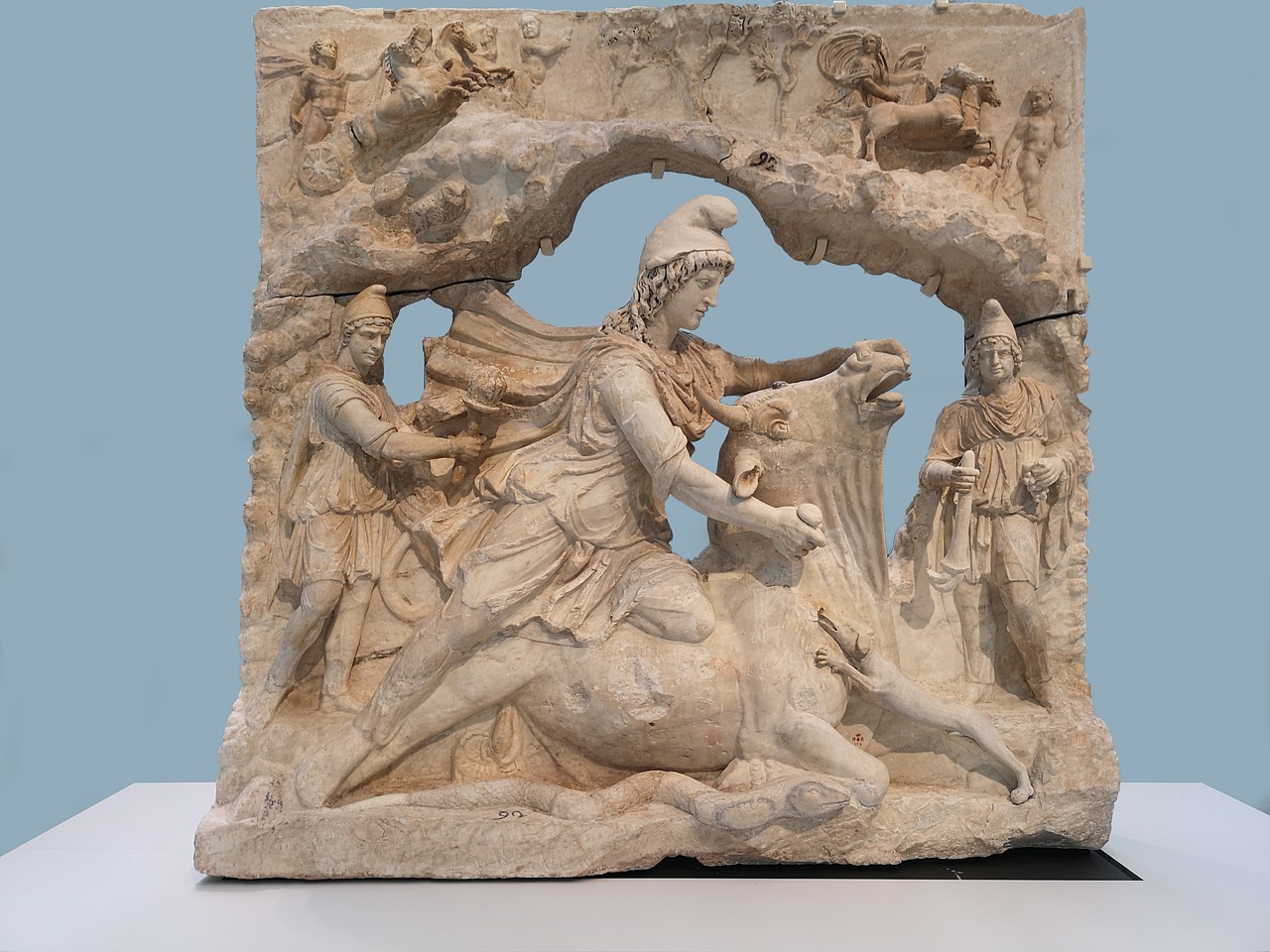
Mithras and Sol: A Glimpse into Ancient Cults Overview of the Cult Image The relief featuring Mithras and Sol serves as a captivating depiction of the earth’s regeneration associated with the celestial sun god, Sol. This artistic piece encapsulates the moment of a shared meal between the two deities, making it a significant ornament for…
-
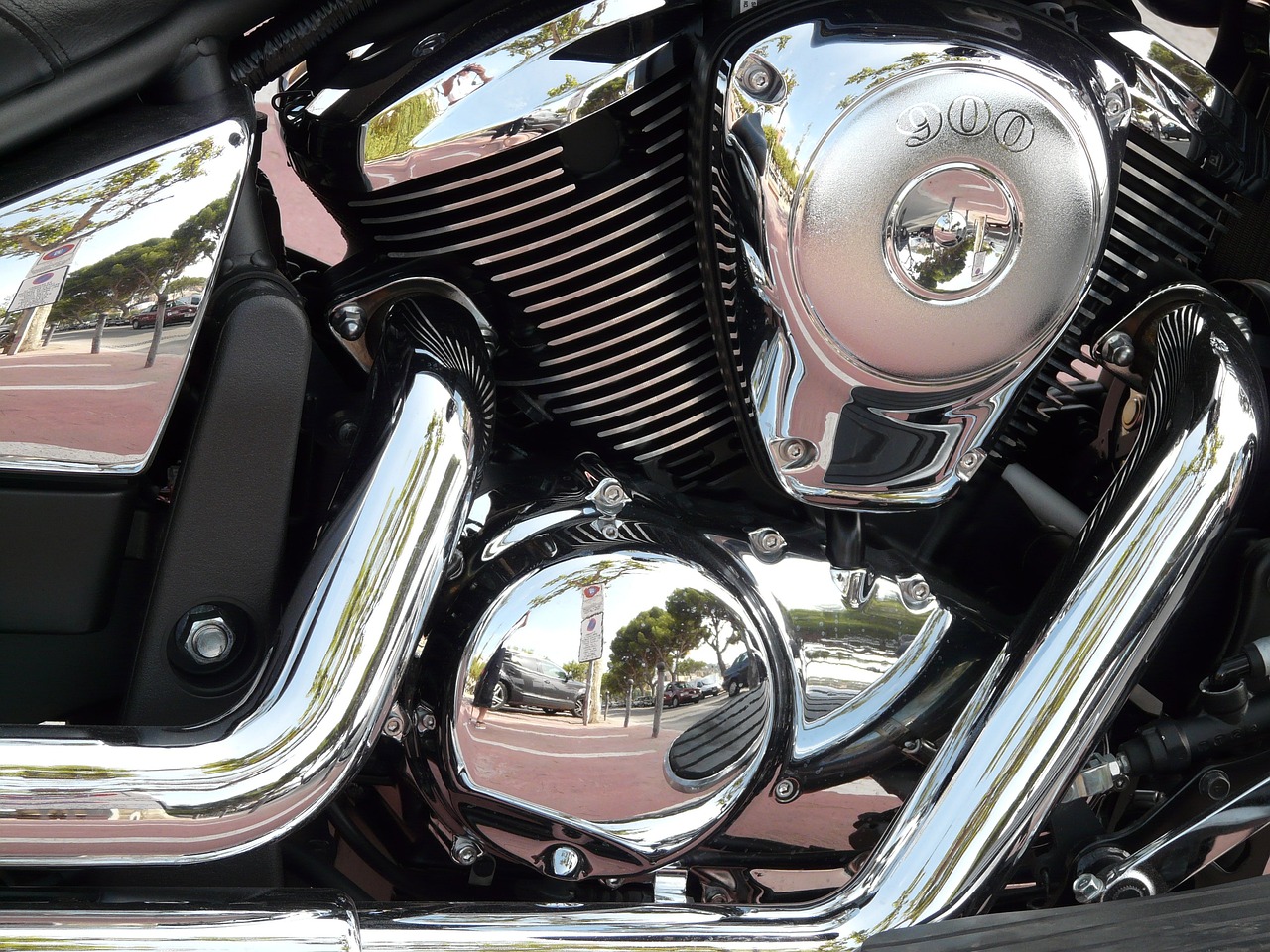
Vulcan, the Goddess of Fire and Metalworking To grasp the Roman perspective on the divine essence of fire, an understanding of Vulcan (known as Vulcanus to the Romans) is crucial. Vulcan embodies both the fertile and the destructive aspects of fire. He commands reverence, feared for his devastating flames that threaten to consume forests, homes,…
-

Mors, the god of death in ancient Roman mythology, is also known as Letum or Orcus. While not extensively worshipped, he shared associations with the Greek god Thanatos and the Etruscan deity Charun, indicating a multifaceted connection to the concepts of mortality across different cultures. Depiction and Significance Mors is typically illustrated as a grim…
-
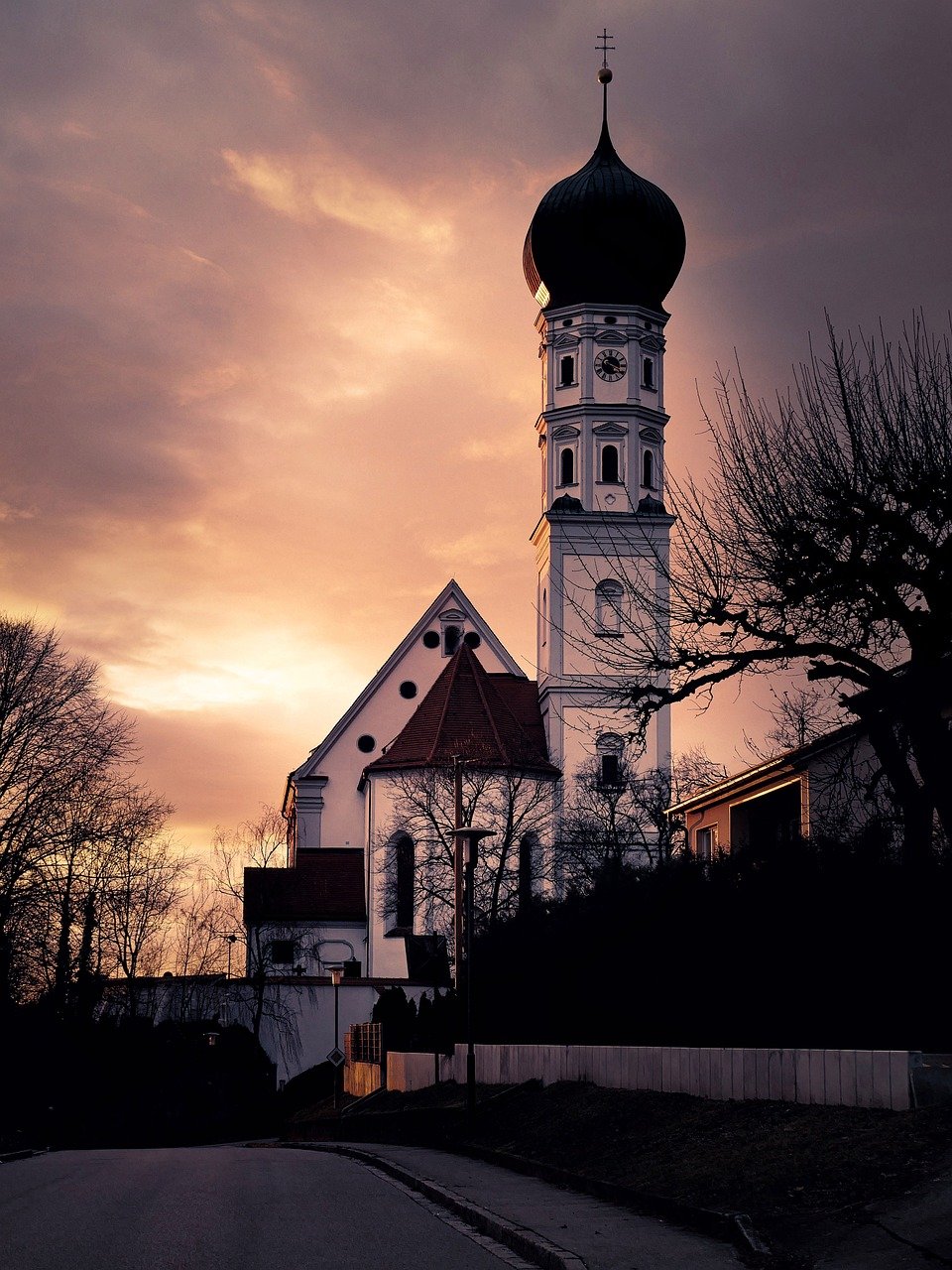
The Significance and Evolution of Christian Faith Why is faith, referred to as pistis in Greek and fides in Latin, a cornerstone for Christians? What did it symbolize during the early stages of the Church, and how was it practiced within early communities? Is the nature of Christian faith fundamentally distinct from the concepts of…
-
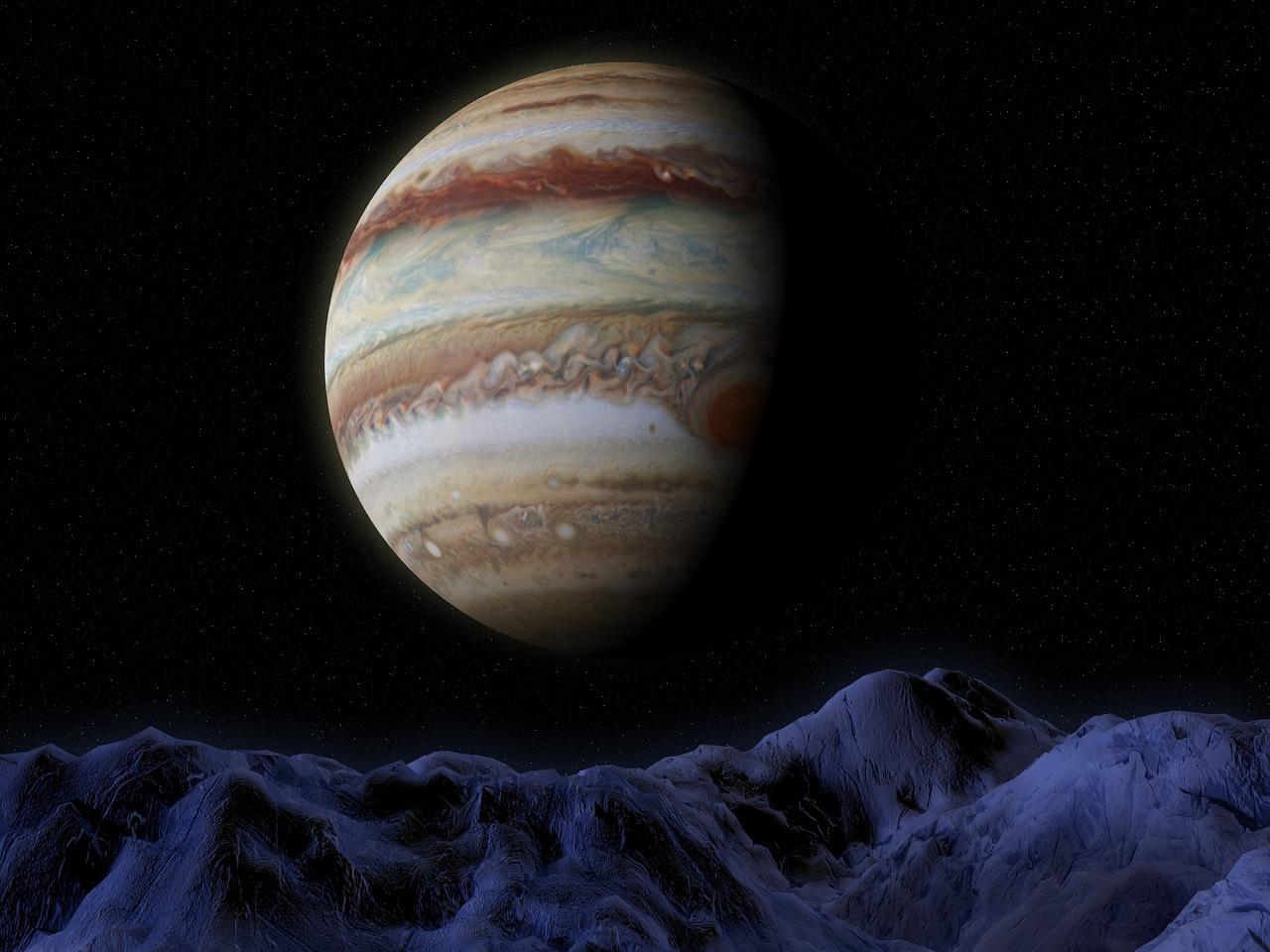
Jupiter, recognized as the principal deity within ancient Roman and Italian mythologies, shares etymological roots with the Greek god Zeus, both deriving from the word meaning “bright.” Among his several titles, Lucetius, which signifies “Light-Bringer,” illustrates his association with illumination, while the phrase sub Iove suggests his dominion over the heavens and open skies. Notably,…
-

Statue of Bacchus: An Artistic Legacy Overview The Statue of Bacchus, an impressive artifact created between the first and third centuries, showcases both the artistry of an unknown Roman creator and a series of restorative efforts. Standing at dimensions of 96 5/8 x 30 x 28 1/2 inches (245.4 x 76.2 x 72.4 centimeters), this…
-

Mors: The Roman Personification of Death Mors, in Roman mythology, is a distinctive embodiment of Darkness and Agony, as well as the personification of death. She represents a fundamental aspect of existence, illustrating the inescapable nature of mortality. Overview As a principal representation of death, Mors is the daughter of Nox (the goddess of night)…
-
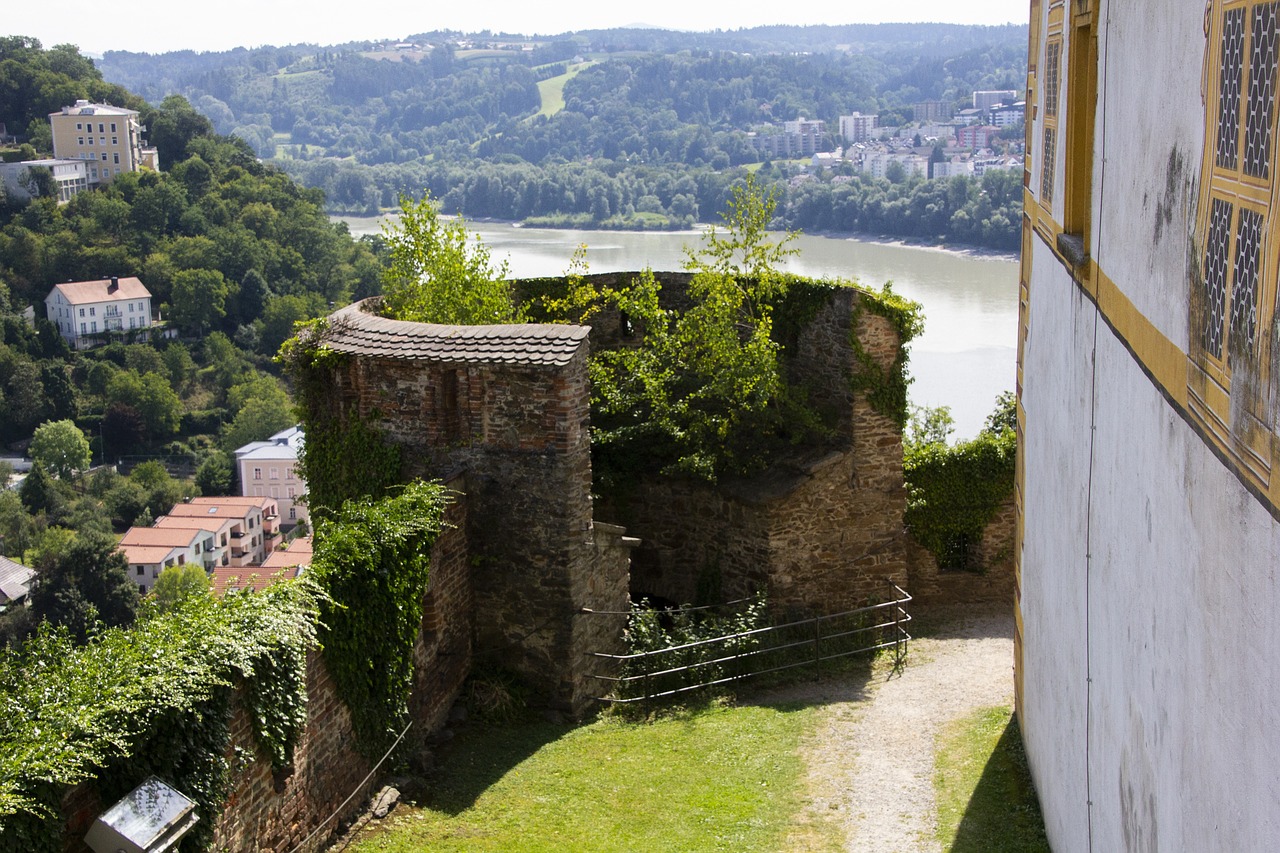
Vesta, a prominent figure in Roman religion, epitomizes the goddess of the hearth and is linked to the Greek deity Hestia. In the formative years of the Roman civilization, the crucial need for a consistent source of fire created a significant reverence for the eternal hearth, which was maintained both in public and private domains.…
-
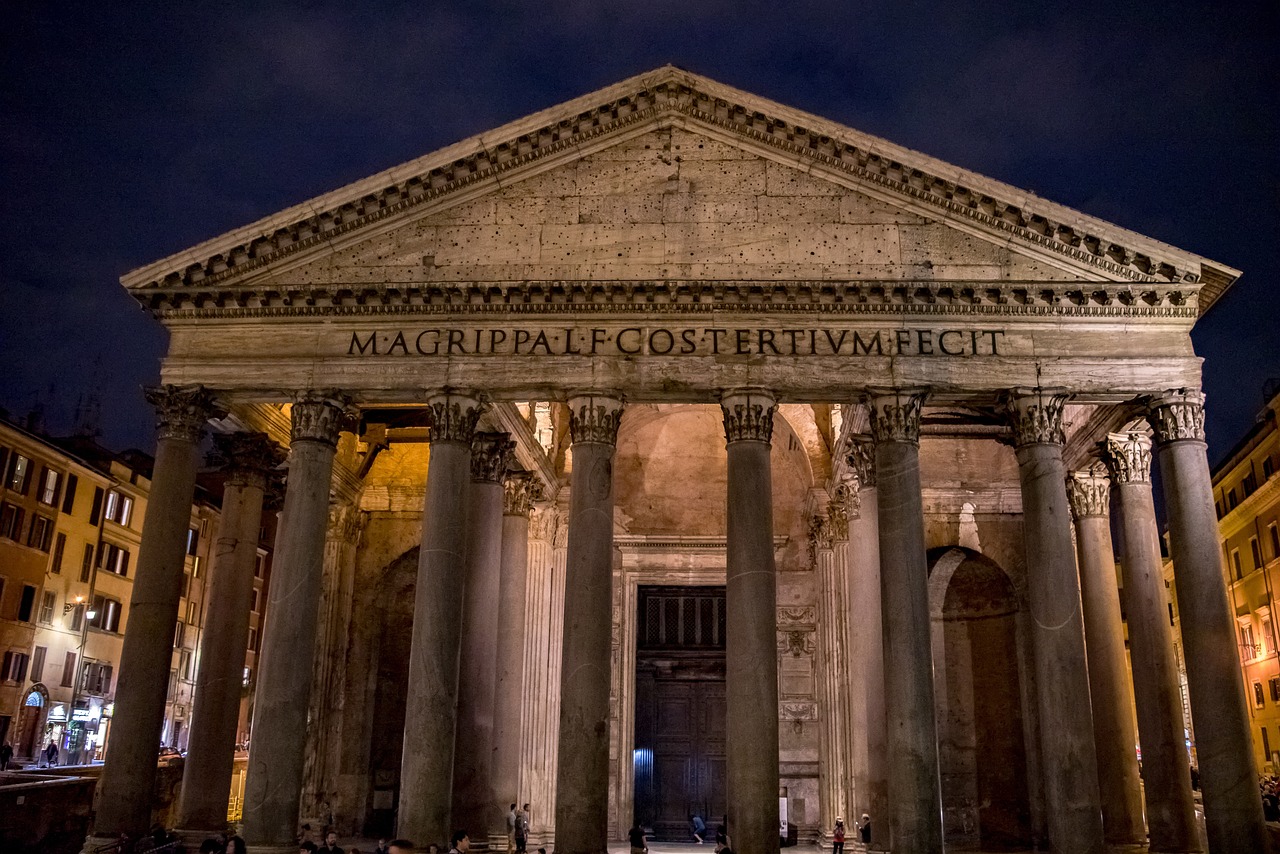
The Pantheon stands as an iconic edifice in Rome, originally initiated in 27 BC by Marcus Vipsanius Agrippa. Initially conceived as a typical Classical temple—a rectangular structure topped with a gabled roof supported by an encircling colonnade—it underwent a complete renovation under Emperor Hadrian between AD 118 and 128. Subsequent modifications were made in the…


